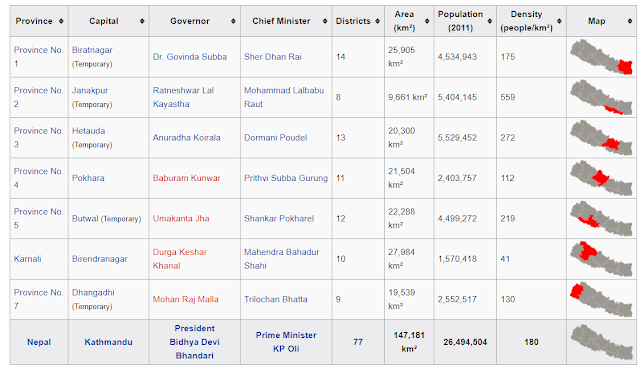MUN conservation of animals- Denmark
PRABESH GURAGAIN NAVODAYA SISHU SADAN KINGDOM
OF DENMARK
|
|
By
the destruction made by world war I and II, more than people many of the
animals were inhabited. To protect flora and fauna from these kinds of problems
various programs are regularly conducted by UN. Supporting the whole world, the
kingdom Of Denmark is running the conservation program of flora and fauna in
its more than 200 islands.
Denmark have approximately 30,000 plant and animal species.
The Ministry of Environment and Food works to protect these species and
monitors.
Just 25 years ago, acidification caused by atmospheric Sulphur dioxide
pollution threatened the biological life in a number of Denmark’s clearwater
lakes. Today, Danish flora and fauna are no longer threatened by acidification,
and the health of Danish tree species has been improved. That all credit goes
to the communities that are working for maintenance of environment. Denmark is
intensely cultivated, which is why the proportional area of natural landscape
and marine culture is relatively small compared to other countries. Open
natural habitats such as dunes, heaths, coastal meadows, and marshes cover
around 9 per cent of Denmark. Since the beginning of the 19th century, the area
of forest in Denmark has increased from 2-4 per cent to approximately 11 per
cent.
The government
of Denmark Danish have become successful to make its good position when the
topic comes to conservation environment. The Kingdom of Denmark is applying
lots of rule and regulation which minimizes the environmental risk. The current Danish Act on the protection of animals was
adopted in 1916, and gives the general basic principles for animal welfare. The
act covers all wild and domesticated animal species, and has been amended
several times since then. In Denmark, citizens have high standards with regard
to animal welfare, thus all still come in development confidently.
Although life and death is a quite natural
phenomenon of animals to complete a food chain or more broadly food web, we,
humans have been creating a serious threat and altering the food web. A focused
effort will be made with regard to phosphorous discharges. Close to 30,000 ha
of 10-metre crop-free buffer zones along rivers and lakes before 2009 and a
further 20,000 ha before 2015 will be established. The buffer zones will be
established by voluntary transfers of set-aside land along lakes and rivers.
At
the UN World Summit in Johannesburg in 2002, the Danish Government and the
other Member States reached a mutual agreement to achieve a significant
reduction in the loss of biodiversity before 2010. It was also agreed to
protect the most valuable natural areas and to promote national and regional
biodiversity networks. Denmark is supporting this topic as a major factor in today's
world but mast of the countries is unknown about it.
Denmark
is lunching various action plan for the preservation of wildlife in Denmark.
Targeting future efforts so they are primarily implemented in these areas will
make efforts more efficient and secure the best nature for the money. The
Action Plan therefore lays down clear priorities for future efforts: 1st
priority: Existing natural areas, including small biotopes and semi-natural
areas (section 3 areas) in NATURA 2000 sites and national parks. 2nd priority
Other existing natural areas, including small biotopes and semi-natural areas
(section 3 areas) outside NATURA 2000 sites and national parks. 3rd priority:
New small biotopes and semi-natural areas in NATURA 2000 sites and national
parks. 4th priority: New small biotopes and semi-natural areas outside NATURA
2000 sites etc. linked ecologically with other natural areas.
Denmark
will strive to keep biological diversity on the international agenda for
sustainable development and combating poverty, and we will also strive to unit
efforts made by international organizations and conventions concerning
utilization of natural resources with regard to the 2010 objective of the
Convention on Biological Diversity. Being the host for the global information
network on biodiversity – Global Biodiversity Information Technology Facility –
Denmark is centrally placed in the efforts to develop methods and collect
information on the status of global biodiversity.
THANK
YOU


Comments
Post a Comment